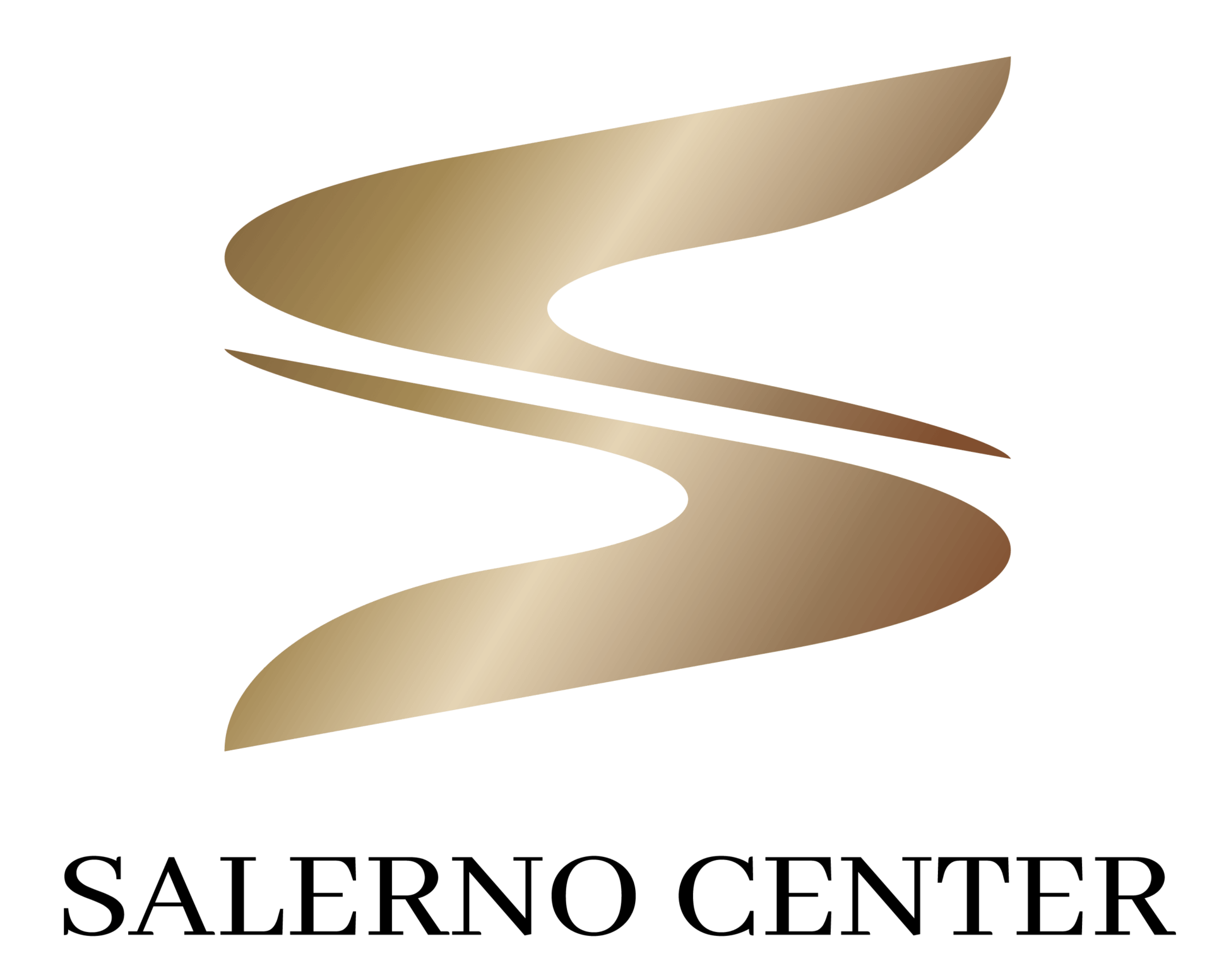VIEW OUR CURRENT SPECIAL OFFERS
SmoothEye®

A Non-Ablative Fotona SMOOTH® Mode
Treatment for Tightening of the Periocular Region
- Immediate freshness and tightness of the periocular area
- Stimulates collagen remodeling and initiates neocollagenesis
- Little-to-no downtime
- Gentle, fast and non-invasive
- Safe and precisely controlled
TIGHTENING
Fotona SMOOTH® modality Er:YAG reduces wrinkles around the eyes in a non-invasive approach. The non-ablative Er:YAG SMOOTH® mode is applied to stimulate collagen remodeling and contraction. The entire periocular region is covered, including regions above, below and lateral to the eye. The therapy is very well tolerated by patients, with no discomfort described.
What is SmoothEye®?
SmoothEye® is a new and exciting non-ablative Fotona SMOOTH® mode treatment for tightening of the periocular region and reducing the appearance of periorbital wrinkles. SmoothEye® significantly tightens loose and aging skin of the eyelids and periocular region with little-to-no downtime and maximum patient comfort, making this a very sought after non-invasive cosmetic procedure.
After a few treatment sessions, the result is improved skin elasticity, overall structure, and volume with significant wrinkle reduction.
Advantages of Fotona SMOOTH® Mode
Fotona’s revolutionary non-ablative Fotona SMOOTH® mode treats the skin in a smooth, almost “feather-like” non-ablative manner, without bleeding and with precisely controlled temperature deposition. The optical energy is delivered in a unique, sub-second long pulse sequence which prevents temperature build-up at the surface and achieves homogeneous heating within several hundred micrometers of the tissue.
Fotona SMOOTH® mode is ideal for skin tightening. The intense, controlled surface tissue heating stimulates collagen remodeling and initiates neocollagenesis. The result is an overall improvement of wrinkles, laxity and elasticity in the treatment areas around the eyes.
Frequently Asked Question
about SmoothEye® laser treatment
- SmoothEye® is a non-invasive laser treatment specifically designed to target the delicate skin around the eyes. It aims to tighten the skin, reduce wrinkles, and improve overall skin texture, resulting in a more youthful and refreshed appearance.
- SmoothEye® utilizes a specialized laser that gently heats the skin around the eyes. This stimulates collagen production and promotes skin tightening and rejuvenation, effectively reducing the appearance of fine lines and wrinkles.
- Most patients report minimal discomfort during the procedure. The sensation is often described as a warm feeling on the skin. No anesthesia is typically required.
- Ideal candidates are individuals experiencing early signs of aging around the eyes, such as fine lines, wrinkles, or slight sagging. It’s suitable for most skin types, but a consultation with a professional is necessary to determine individual suitability.
- A typical SmoothEye® session is relatively quick, usually taking about 15-30 minutes, making it a convenient “lunchtime procedure.”
- There is minimal to no downtime required after a SmoothEye® treatment. Most patients can resume their normal activities immediately after the session.
- The number of sessions varies depending on the individual’s skin condition and desired results. Typically, a series of 3-4 treatments, spaced 2-4 weeks apart, is recommended for optimal results.
- Patients can expect a reduction in fine lines and wrinkles around the eyes, improved skin texture, and a more youthful, refreshed appearance. Results gradually appear as collagen remodeling occurs over several months.
- Side effects are generally minimal and may include temporary redness or mild swelling, which usually subsides within a few hours to a day.
- The results of SmoothEye® can last for several months, but this varies among individuals. Maintenance treatments may be recommended to prolong the effects.
It’s important to consult with a qualified medical professional experienced in laser treatments to determine if SmoothEye® is the right option for you and to understand the specific risks and benefits associated with this procedure.




